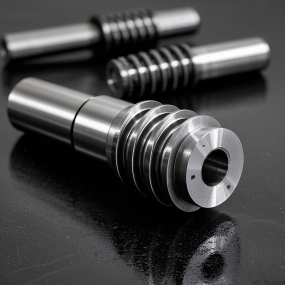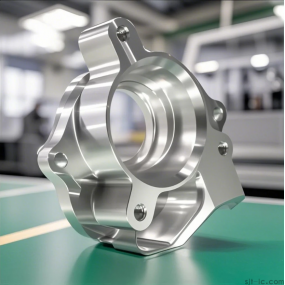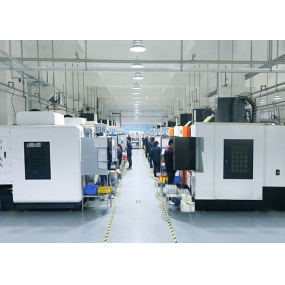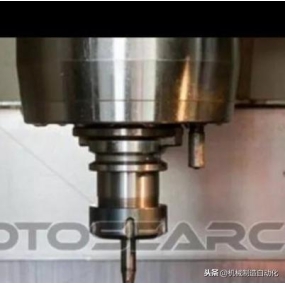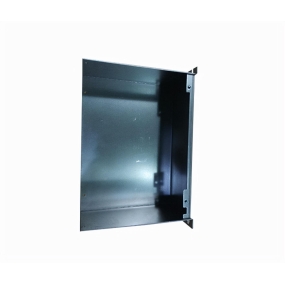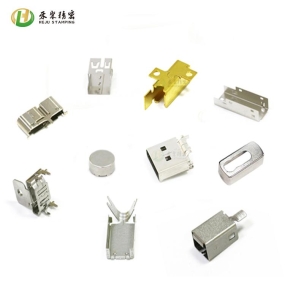1. Punching inspection standards
1.1 Sharp corners, edges, and roughness that may cause harm should be deburred.
1.2 Sharp corners not clearly indicated in the drawings (unless otherwise specified) are all R1.5.
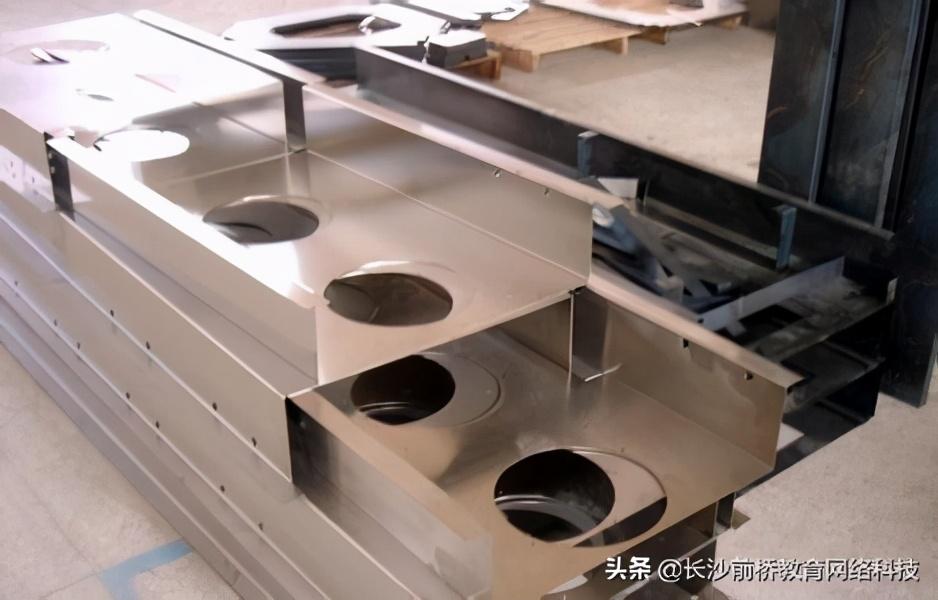
1.3 Burrs generated during stamping processing should have no obvious protrusions, indentations, roughness, scratches, rust or other defects on exposed surfaces such as door panels and panels.
1.4 Burr: After punching, the burr height is L5% t (t is the plate thickness).
1.5 Scratches and knife marks: It is qualified to touch with hands without scratching, and should be 0.1.
2. Bending inspection standards
2.1 Burr: The height of the extruded burr after bending is L10% t (t is the plate thickness). Unless otherwise specified, the rounded corner inside the bend is R1.
2.2 Imprinting: visible creases, but not felt by hand (can be compared to the limit sample). 2.3 The bending direction and dimensions shall be consistent with the drawings.
3. Inspection standards for Sheet Metal Processing parts
3.1 Riveting parts
After pressing on components such as rivet nuts (columns), rivet screws, expansion rivet nuts (columns), and pull rivet nuts, the threads must not deform (the nuts or screws can freely enter and exit without jamming). The rivet parts should be level with the plate surface and not allowed to protrude or sink (the touch should be smooth). The rivet parts should be perpendicular to the plate surface, and there should be no deformation or pig mouth phenomenon in the rivet area after pressing. The height and wall thickness of the pull package should be uniform, and there should be no burrs at the top.
4. Welding
4.1 The weld seam should be firm and uniform, without defects such as false welding, cracks, incomplete penetration, welding penetration, notches, undercuts, etc. The uneven length and height of the weld seam shall not exceed 10% of the required length and height.
4.2 Solder joint requirements: The length of the solder joint should be 8-12mm, the position of the solder joint should be symmetrical, and the upper and lower positions should be unified. If there are special requirements for welding points on the processing drawing, follow the drawing.
4.3 Spot welding spacing should be less than 50mm, the diameter of the welding points should be less than 5, the welding points should be arranged evenly, the depth of the indentation on the welding points should not exceed 15% of the actual thickness of the plate, and there should be no obvious welding scars left after welding.
4.4 After welding, other non welding parts are not allowed to be damaged by welding slag or arc, and the surface welding slag and spatter must be removed thoroughly.
After welding, the outer surface of the parts should be free of defects such as slag inclusion, pores, weld nodules, protrusions, depressions, etc. The defects on the inner surface should not be obvious and should not affect assembly. Important parts such as door panels and panels should also be subjected to post weld stress to prevent workpiece deformation.
4.6 The outer surface of welded parts should be ground flat. If it is a powder coated or electroplated part, the roughness after welding should be Ra3.2-6.3, and for painted parts, it should be Ra6.3-12.5.


 Spanish
Spanish Arabic
Arabic French
French Portuguese
Portuguese Belarusian
Belarusian Japanese
Japanese Russian
Russian Malay
Malay Icelandic
Icelandic Bulgarian
Bulgarian Azerbaijani
Azerbaijani Estonian
Estonian Irish
Irish Polish
Polish Persian
Persian Boolean
Boolean Danish
Danish German
German Filipino
Filipino Finnish
Finnish Korean
Korean Dutch
Dutch Galician
Galician Catalan
Catalan Czech
Czech Croatian
Croatian Latin
Latin Latvian
Latvian Romanian
Romanian Maltese
Maltese Macedonian
Macedonian Norwegian
Norwegian Swedish
Swedish Serbian
Serbian Slovak
Slovak Slovenian
Slovenian Swahili
Swahili Thai
Thai Turkish
Turkish Welsh
Welsh Urdu
Urdu Ukrainian
Ukrainian Greek
Greek Hungarian
Hungarian Italian
Italian Yiddish
Yiddish Indonesian
Indonesian Vietnamese
Vietnamese Haitian Creole
Haitian Creole Spanish Basque
Spanish Basque

